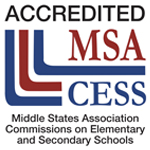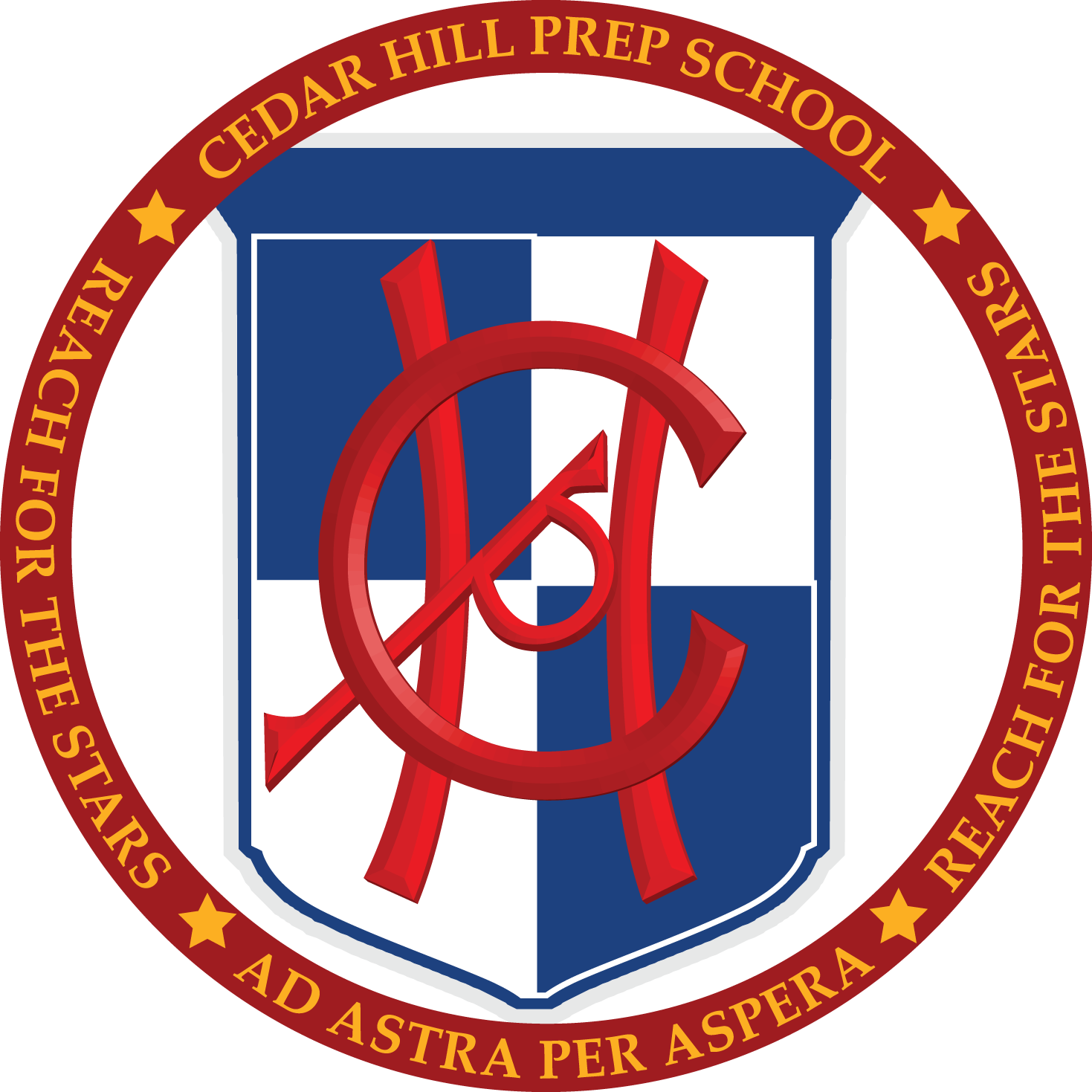PARCC assessments have been a hot topic this school year. In addition to the usual conversations between parents, students, and educators, there have been several highly public news stories regarding New Jersey’s standardized testing situation.
With all of this discussion about and around PARCC assessments, it can be easy to get swept up in today’s headlines. But the PARCC isn’t all bad; it provides extremely useful data for schools (as well as teachers and students). Let’s take a few minutes to talk about the PARCC, what it is, and how to read your child’s scores.

The PARCC: What It Is And What It’s Designed To Do
It can sometimes be difficult to tell what test your child should be preparing for, when, and why. In this section, we’ll demystify the process for you so that you can help your student be relaxed, alert, and ready on test day. The PARCC assessments are standardized tests designed by the Partnership for Assessment of Readiness for College and Careers, a consortium of eleven states with seven fully participating (including New Jersey). New Jersey is a governing member of PARCC, and as such, the state has had an active hand in developing the assessments year after year.
In the 2014-2015 school year, the PARCC assessments replaced all other New Jersey statewide tests (for grades 3-8, these were the NJASK tests; in high school these were the HSPA). PARCC assessments are now a requisite for earning a high school diploma in New Jersey, and students will be tested through PARCC assessments from grades three through the end of high school.
PARCC assessments are designed to test students against Common Core State Standards (CCSS) to ensure that all students receive a quality education in the state of New Jersey. Since the exam is administered to all students statewide, it allows teachers to benchmark their students’ progress as well as their strengths and weaknesses to ensure students are getting the most out of classroom experiences. It also allows teachers to better understand how their classroom is doing in terms of statewide education, and understand what they can bolster to help ensure an optimized learning environment for students.
The PARCC does not test for rote fact memorization, but rather higher level thinking and analysis skills. In English Language Arts (ELA), these skills include close reading, research, narrative tasks, essay writing, and literary analysis. In Mathematics, these skills include mathematical reasoning and capabilities to model mathematical principles. PARCC tests encourage critical thinking and problem-solving skills rather than encyclopedic recall. In short: PARCC tests are designed to see how a student is learning rather than specifically what they are learning.
What Does A PARCC Score Mean?
While it can be tempting to focus solely on a grade as an indication of a single point of failure (or success), PARCC scores measure a whole lot of variables. These variables include teaching efficacy, curriculum structure, student proficiency, and school environment. That being said, the school also uses your child’s PARCC score to help understand students’ individual learning needs. In grades 3-8, a below proficient PARCC score won’t hold a child back from advancing in academic standing, but can be used to indicate that the student needs a bit more support to thrive in an education environment. That support can come in the form of an aide, a shadow, tutoring, or any number of other accommodations.
While a below proficient PARCC score will not automatically classify a student as needing an Individualized Education Plan (IEP), it can be used in conjunction with other factors such as classroom work, student behavior, student success, etc. in determining whether an IEP is appropriate for the student. PARCC scores are thus viewed as part of an educational whole rather than on their own, as simply a slice of data about how a student is faring inside the classroom.
When And How Will My Student Be Tested?
In 2017, the PARCC testing block for New Jersey is between March 27th and May 19th. That window applies to both Math and English Language Arts/Literacy (ELA/L) testing. Alternative tests for students on IEPs (the DRA, DLM, and APA) are given at separate times. If your student is eligible for one of these non-PARCC testing options, please consult with his/her teacher for further timing details.
PARCC tests are given in units with each unit lasting 60-110 minutes. Individual PARCC tests consist of 3-4 units per subject. In grades 3-8, the students are administered one testing unit per day for 3-4 days in a row. All PARCC tests are administered via computer, unless the student is on an IEP that specifies otherwise.
Understanding The PARCC Scoring System
PARCC assessments are graded on a points system with each test being worth 850 points. The points are then divided into a tiered classification with five levels. “Success” in a PARCC assessment is designated as a student who meets or exceeds level 4. Here’s the scoring breakdown:
- Level 5 – Exceeded Expectations: 810-850
- Level 4 – Met Expectations: 750-809
- Level 3 – Approached Expectations: 725-749
- Level 2 – Partially Met Expectations: 700-724
- Level 1 – Did Not Yet Meet Expectations: 650-699
Besides a raw number, PARCC scorecards provide a great deal of other useful data: the average score, by unit, across their school, district, state, and cross-state; visual graphs of how your child compared to these averages; percentages of students that performed at each level; and verbal descriptions of where your child excelled in the exam and where he/she could use a bit more help. To see a detailed sample score sheet, click here.
PARCC tests (and the scores they yield) can lend great insight into your student’s learning process if one takes the time to understand them. Hopefully, this guide has decoded the PARCC for you and your student. If you have further questions, you should always feel free to contact your child’s teacher, or the administrators at the school.
Sources:






